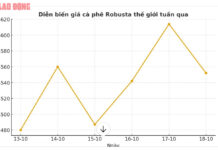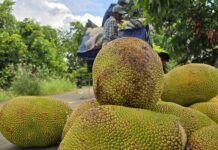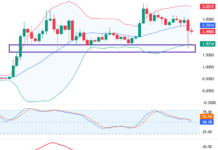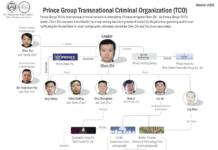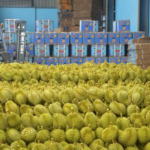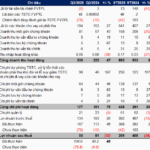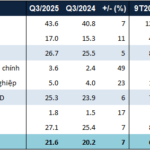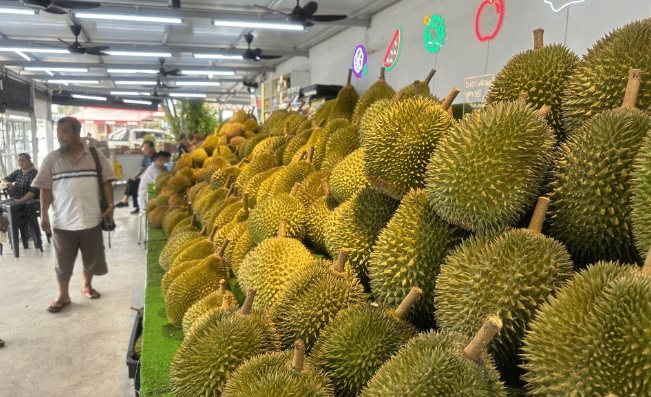
Illustrative Image
Indonesia is making strides to integrate into the global durian supply chain by seeking direct exports of the fruit to China, the world’s largest consumer of durians, accounting for over 90% of global consumption. However, experts emphasize that the success of this initiative hinges on Indonesia’s ability to meet stringent sanitation, quarantine, and cold storage standards.
Sudaryono, Indonesia’s Deputy Minister of Agriculture, revealed that the country is actively pursuing direct export opportunities to China, aiming to boost profits by 10–30%. Currently, Indonesia relies on intermediaries such as Thailand and Malaysia, which handle phytosanitary inspections and cold storage before the fruit reaches China.
According to Jayant Menon, a senior fellow at the ISEAS–Yusof Ishak Institute in Singapore, Indonesia has significantly enhanced its certification capabilities and cold chain infrastructure, reducing its dependence on neighboring countries. “If this trend continues, Indonesia could soon achieve direct exports and substantially increase profit margins,” Menon noted.
However, industry experts caution that Indonesia may require at least two years to fully develop its infrastructure and meet China’s rigorous import standards. Mohamad Reza Tirtawinata, Director of the Durian Nusantara Foundation, highlighted that many durian farms lack safety certifications and operate on small scales, typically between 5–10 hectares, insufficient for consistent supply to China’s vast market.
Additionally, much of Indonesia’s durian production still originates from natural forests, complicating efforts to ensure uniform quality. Regions like Central Sulawesi are beginning to expand plantations through cooperative models, aiming to standardize production processes and enhance competitiveness.
Observers suggest that if Indonesia overcomes challenges related to sanitation, cold storage, and production scale, its durians could swiftly capture a significant share of China’s direct export market. In China, a single 6 kg durian currently fetches up to 200 RMB (approximately $28).
Nevertheless, the longer transportation distances and higher preservation costs could result in higher prices for Chinese consumers. Despite this, the durian’s unique flavor and high profit potential make it a compelling focus for Indonesia’s agricultural export strategy.
Source: SCMP
China’s Green Industrial Powerhouse: The ‘Miracle’ Fueling 30 Million Electric Vehicles and 50,000km of High-Speed Rail
While the world grapples with the electric vehicle revolution, China has quietly constructed a marvel spanning its vast landscape.



